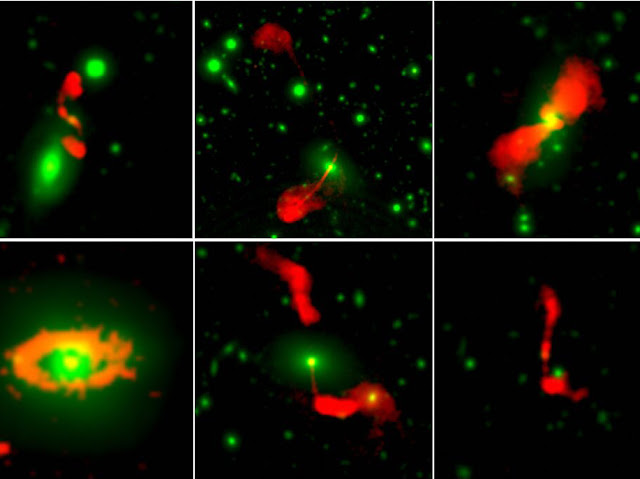Figure 1. Artist’s impression of Orion KL Source I. The massive
protostar is surrounded by a disk of gas and dust. The outflow is
launched from the surface of the outer disk. Credit: ALMA
(ESO/NAOJ/NRAO)
Figure 2. Orion KL Source I observed with ALMA. The massive protostar is
located in the center and surrounded by a gas disk (red). A bipolar gas
outflow is ejected from the protostar (blue). Credit: ALMA
(ESO/NAOJ/NRAO), Hirota et al.
Figure 3. The rotation of the outflow from Orion KL Source I imaged with
ALMA. The color shows the motion of the gas; red shows gas moving away
from us, whereas blue shows gas moving toward us. The disk is shown in
white. Credit: ALMA (ESO/NAOJ/NRAO), Hirota et al.
An international research team led by a Japanese astronomer has determined how the enigmatic gas flow from a massive baby star is launched. The team used the Atacama Large Millimeter/submillimeter Array (ALMA) to observe the baby star and obtained clear evidence of rotation in the outflow. The motion and the shape of the outflow indicate that the interplay of centrifugal and magnetic forces in a disk surrounding the star plays a crucial role in the star’s birth cry.
Stars form from gas and dust floating in interstellar space. But,
astronomers do not yet fully understand how it is possible to form the
massive stars seen in space. One key issue is gas rotation. The parent
cloud rotates slowly in the initial stage and the rotation becomes
faster as the cloud shrinks due to self-gravity. Stars formed in such a
process should have very rapid rotation, but this is not the case. The
stars observed in the Universe rotate more slowly.
How is the rotational momentum dissipated? One possible scenario
involves that the gas emanating from baby stars. If the gas outflow
rotates, it can carry rotational momentum away from the system.
Astronomers have tried to detect the rotation of the outflow to test
this scenario and understand its launching mechanism. In a few cases
signatures of rotation have been found, but it has been difficult to
resolve clearly, especially around massive baby stars.
The team of astronomers led by Tomoya Hirota, an assistant professor
at the National Astronomical Observatory of Japan (NAOJ) and SOKENDAI
(the Graduate University for Advanced Studies) observed a massive baby
star called Orion KL Source I in the famous Orion Nebula, located 1,400
light-years away from the Earth. The Orion Nebula is the closest
massive-star forming region to Earth. Thanks to its close vicinity and
ALMA’s advanced capabilities, the team was able to reveal the nature of
the outflow from Source I.
“We have clearly imaged the rotation of the outflow,” said Hirota,
the lead author of the research paper published in the journal Nature
Astronomy. “In addition, the result gives us important insight into the
launching mechanism of the outflow.”
The new ALMA observations beautifully illustrate the rotation of the
outflow. The outflow rotates in the same direction as the gas disk
surrounding the star. This strongly supports the idea that the outflow
plays an important role in dissipating the rotational energy.
Furthermore, ALMA clearly shows that the outflow is launched not from
the vicinity of the baby star itself, but rather from the outer edge of
the disk. This morphology agrees well with the “magnetocentrifugal disk
wind model.” In this model, gas in the rotating disk moves outward due
to the centrifugal force and then moves upward along the magnetic field
lines to form outflows.
Although previous observations with ALMA have
found supporting evidence around a low-mass protostar, there was little
compelling evidence around massive protostars because most of the
massive-star forming regions are rather distant and difficult to
investigate in detail.
“In addition to high sensitivity and fidelity, high resolution
submillimeter-wave observation is essential to our study, which ALMA
made possible for the first time. Submillimeter waves are a unique
diagnostic tool for the dense innermost region of the outflow, and at
that exact place we detected the rotation,” explained Hirota. “ALMA’s
resolution will become even higher in the future. We would like to
observe other objects to improve our understanding of the launching
mechanism of outflows and the formation scenario of massive stars with
the assistance of theoretical research.”
Paper and research team
These observation results were published as Hirota et al. “Disk-Driven
Rotating Bipolar Outflow in Orion Source I” in Nature Astronomy on June
12, 2017.
The research team members are:
Tomoya Hirota (National Astronomical Observatory of Japan / SOKENDAI),
Masahiro Machida (Kyushu University), Yuko Matsushita (Kyushu
University), Kazuhito Motogi (Yamaguchi University / NAOJ), Naoko
Matsumoto (Yamaguchi University / NAOJ), Mi Kyoung Kim (Korean Astronomy
and Space Science Institute), Ross A. Burns (Joint Institute for VLBI
ERIC), Mareki Honma (NAOJ/SOKENDAI)
This research was supported by Grants-in-Aid from the Japan Society
for the Promotion of Science and the Ministry of Education, Culture,
Sports, Science and Technology, Japan (No. 21224002、
24684011、25108005、15H03646、15K17613、24540242、25120007).
ALMA
The Atacama Large Millimeter/submillimeter Array (ALMA), an
international astronomy facility, is a partnership of the European
Organisation for Astronomical Research in the Southern Hemisphere (ESO),
the U.S. National Science Foundation (NSF) and the National Institutes
of Natural Sciences (NINS) of Japan in cooperation with the Republic of
Chile. ALMA is funded by ESO on behalf of its Member States, by NSF in
cooperation with the National Research Council of Canada (NRC) and the
National Science Council of Taiwan (NSC) and by NINS in cooperation with
the Academia Sinica (AS) in Taiwan and the Korea Astronomy and Space
Science Institute (KASI).
ALMA construction and operations are led by ESO on behalf of its Member
States; by the National Radio Astronomy Observatory (NRAO), managed by
Associated Universities, Inc. (AUI), on behalf of North America; and by
the National Astronomical Observatory of Japan (NAOJ) on behalf of East
Asia. The Joint ALMA Observatory (JAO) provides the unified leadership
and management of the construction, commissioning and operation of ALMA.




















